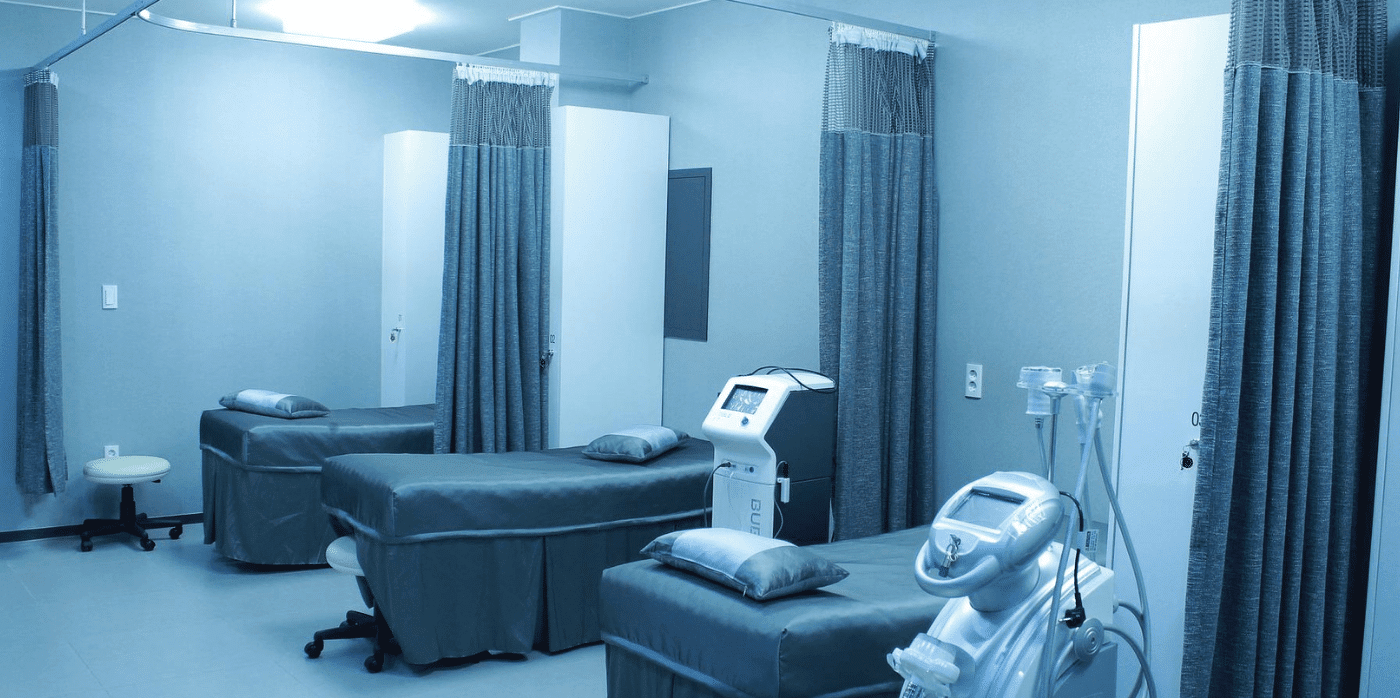Using computer vision to monitor hospital wards
Spotted: In countries such as the UK, health and social care workforce shortages are reaching crisis proportions. Each day brings a new report of staff shortages and their implications for patient care. While it can’t replace staff, a Danish health tech startup is developing technology to ensure staff are being deployed as efficiently as possible. The company, Teton.ai, has developed a system that uses computer vision to track patient movements and alert staff when patients are at risk of falling or need other types of assistance.
Teton’s system includes cameras and sensors that are easily installed in patient areas. The system then employs algorithms that can be integrated into existing platforms or supplied as a separate platform. The technology can operate independently of any personal information, and all video is processed offline by the hospital or care facility, preserving privacy. The platform alerts staff when an action needs to be taken so there is no need for staff to monitor or look at the video.
According to the company, the platform uses computer vision to understand different types of activity within a patients’ room, providing analytics and timely information to staff through integration into existing devices. Teton also points out that the platform can replace the use of a large number of “hyper-specific devices and sensors set up to measure all the different things that could happen in a room,” saving both time and money.
In 2019, the hospital services market size was estimated as being worth $8.22 trillion (around €8.28 trillion) and was expected to reach $15.45 trillion (around €15.6 trillion) by 2027. Given these figures, it is not surprising that Springwise is seeing an ever-increasing number of innovations in this space. Recent advances include the use of AI in diagnosing illness and apps that can connect doctors and patients.
Written By: Lisa Magloff
8th September 2022
Email: info@teton.ai
Website: teton.ai

